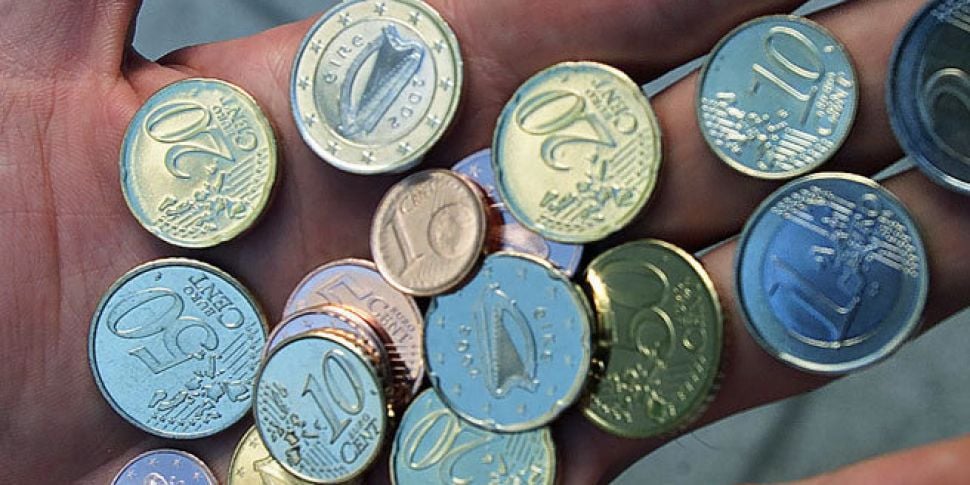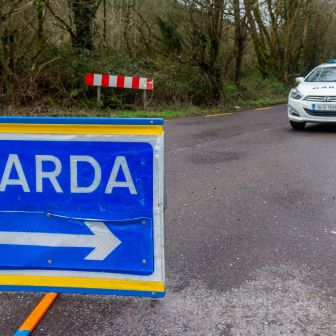One and two cent coins look set to be removed from circulation following a trial period in Wexford.
Five European Union members states have already opted to get rid of the coins - which cost more to mint than they are worth.
The Netherlands, Finland, Sweden, Denmark and Hungary - while Belgium is currently in the process of adopting it.
The Irish Independent reports that the government is now ready to roll out a scheme nationally, after a trial in Wexford in 2013 was deemed a massive success.
It found that 85% of consumers who participated were in favour of extending it nationwide.
The National Payments Plan (NPP) trial was run from September 16th to November 17th 2013, with the aim of reducing the need for coins.
During the rounding scheme, retailers rounded prices to the nearest five cent at the cash register removing the need for smaller change.
The Central Bank recommended the roll out of a voluntary scheme aimed at getting rid of 1 and 2 cent coins last year.
The Central Bank says it mints more of these small denomination coins than any others, but they go out of circulation quickly because of stockpiling and shops constantly need fresh supplies for change.
While the direct average cost of producing these coins exceeds their face value - with a 1c coin costing approximately 1.3c to mint - there are significant other economic costs associated with the transport and storage of these coins in the economy.
Madeleine Quirke, CEO of Wexford Chamber of Commerce, spoke to Newstalk Lunchtime about the trial carried out in the town.
She told Jonathan the trial went very well, and "retailers didn't have to change any prices...The total, say it came to €2.44, when you went to the till to pay, you would pay €2.45. If the total had have been on the lower side, it would have gone down to €2.40."
"From a retailing point of view it was very simple. People got used to it very quickly, and everybody who participated [did so] voluntarily," she added.
She started by explaining what happened when prices were rounded up or down to the nearest 5c.









